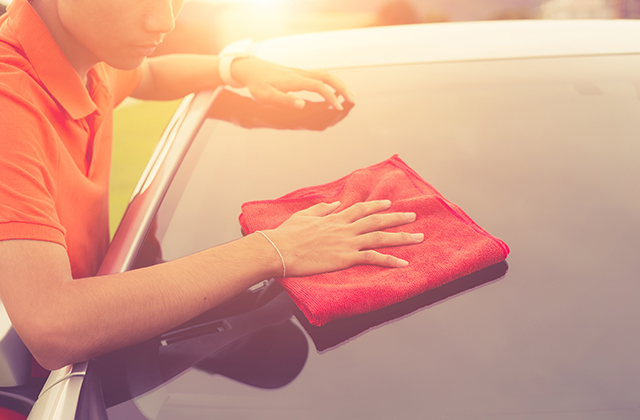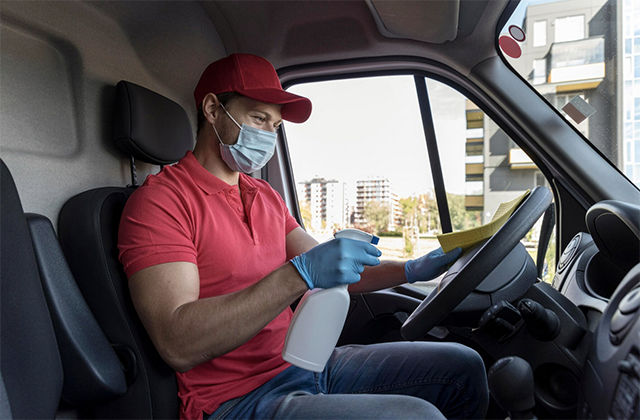In the bustling metropolis of Sydney, businesses are constantly seeking ways to stand out in the digital arena. With the ever-increasing importance of Search Engine Optimization (SEO) in driving online visibility and success, choosing the right SEO business package is paramount. Amidst a sea of options, it’s crucial to identify what sets a particular package apart from the rest. Here’s how our SEO business package shines, particularly in the vibrant market of Sydney, with a focus on SEO consulting.
SEO Consulting Sydney: A Strategic Advantage
At the core of our SEO business package lies our unparalleled SEO consulting service. Unlike cookie-cutter solutions offered by many competitors, we understand that every business has its unique challenges and goals. That’s why our expert consultants take the time to delve deep into your business, industry, and target audience to craft a customized strategy tailored to your specific needs. From conducting comprehensive website audits to performing in-depth keyword research, our consulting approach ensures that every aspect of your SEO campaign is meticulously planned and executed for maximum impact.
Data-Driven Decision Making
In the world of SEO, guesswork simply won’t cut it. That’s why our approach is firmly rooted in data and analytics. Our team of SEO consultants leverages cutting-edge tools and technologies to gather and analyze data, providing valuable insights into the performance of your website and the effectiveness of your SEO efforts. Whether it’s tracking keyword rankings, monitoring traffic trends, or assessing user behavior, our data-driven approach enables us to make informed decisions and optimize your SEO strategy for continuous improvement.
Holistic Approach to SEO
SEO is not just about optimizing your website for search engines; it’s about creating a seamless and engaging experience for your users. That’s why our SEO business package takes a holistic approach to SEO, encompassing not only technical optimization but also content creation, link building, and user experience enhancement. From optimizing meta tags and improving site speed to crafting compelling content and earning high-quality backlinks, every aspect of your online presence is carefully curated to enhance both search engine visibility and user satisfaction.
Transparent Communication and Collaboration
Effective communication and collaboration are the cornerstones of a successful SEO campaign. That’s why we prioritize transparency and openness in our interactions with clients. From the initial consultation to ongoing progress reports and strategy discussions, we keep you informed and involved every step of the way. Our dedicated SEO consultants are always available to address your questions, provide updates, and offer strategic guidance to ensure that your SEO campaign stays on track and delivers measurable results.
Continuous Monitoring and Optimization
SEO is not a one-and-done endeavor; it’s an ongoing process that requires constant monitoring and optimization. That’s why our SEO business package includes continuous monitoring of key performance metrics and regular optimization of your SEO strategy. Whether it’s adjusting keyword targeting based on changing search trends, refining content to better resonate with your audience, or fine-tuning technical aspects of your website for improved performance, we are committed to staying ahead of the curve and keeping your SEO campaign at the forefront of innovation.
Exceptional Customer Support and Satisfaction
At the end of the day, our success is measured by the success of our clients. That’s why we go above and beyond to provide exceptional customer support and ensure your satisfaction with our SEO business package. Whether you’re a small startup or a large enterprise, you can count on us to be there for you every step of the way, offering guidance, support, and expertise to help you achieve your goals and maximize your ROI from SEO.
In Conclusion
In a competitive market like Sydney, choosing the right SEO business package can make all the difference in your online success. With our focus on SEO consulting, data-driven decision-making, holistic optimization, transparent communication, continuous monitoring, and exceptional customer support, we set ourselves apart from the rest and empower businesses to thrive in the digital landscape. If you’re ready to take your SEO strategy to the next level, partner with us and experience the difference firsthand. Successful tips that you can follow in SEO are those specialist who have proven themselves over the years.


